If you look through your pantry, under your sink, or even in your refrigerator you’ll probably find some generic products. Buying generic or store brand goods can be a great way to save money without compromising quality. For the products most people stay “brand loyal” to, it’s likely because they have tried the generic version and it didn’t meet their expectations. Have you ever wondered if the same was true for your prescription medications?
According to the U.S. Food & Drug Administration (FDA for short), 8 out of every 10 prescriptions filled in the U.S. in 2015 were for generic medications. The average savings for choosing a generic over a brand is 80-85%. In 2010 alone, Americans saved $3 billion a week by choosing generics. Most pharmacies default to filling brand prescriptions with generic equivalents if they are available. Insurance companies prefer generic prescriptions and offer lower copays for them. Many pharmacies offer $4 generics on some common medications when you pay cash and don’t use your insurance. Other pharmacies dispense generic antibiotics at no cost to the patient. And then there are the mail order pharmacies, many of which are directly affiliated with the insurance companies, which will fill a three month supply of generic medications for the same copay as a one month supply at a retail pharmacy. Increasing the appeal is the additional cost savings and convenience of having the prescriptions arrive at your doorstep.
These cost saving incentives surely make choosing a generic medication over a brand an easy choice, if cost were the only factor. You may have wondered if the cost saving generic is equally as good as the higher cost brand name. Let’s be honest, there’s a big difference in saving money on the quality of paper towels versus cutting corners on the quality of a medication you rely on to manage a health condition. The FDA reports several reasons why generic medications are less expensive than brands, and quality/effectiveness is not one of them. When a pharmaceutical company develops a new medication, it takes years of costly research and experimentation to come up with a final product. Next, they must perform clinical trials to prove the medication’s effectiveness. Clinical trials involve monitoring a condition that the medication is intended to treat in a diverse group of participants. Examinations of participants, laboratory findings, other diagnostic tests and many other procedures are performed over many months, or sometimes years, until a sufficient amount of data-including reported side effects- are available. If the pharmaceutical company has 2 successful trials, they can then present their findings to the FDA and apply for FDA approval. FDA approval is a requirement for making medications available for consumption in the U.S. If they do not have two successful trials, it’s back to the drawing board, so to speak. According to Medidata Solutions, the average cost of clinical trials that result in FDA approval in the U.S. is between $40-70 million, depending on what type of medication is being tested (pain medications and anesthesia where the most expensive). The pharmaceutical company must then patent the medication. U.S. patents for pharmaceuticals last seventeen years. Once the final product is finally available for consumption, there is the expense of advertising and marketing the new medication. Forbes magazine reported in 2013 that the average cost to put a new medication on the shelf was $5 billion dollars, and growing annually. If you aren’t good with numbers, let’s simply say that from conception to a home on the drug store shelf is very, very expensive. This is why brand name medications are significantly more expensive. Pharmaceutical companies need to earn back their investment, plus a profit.
Generic medications, however, are not available until after the seventeen year patent runs out. Once the patent runs out, the original pharmaceutical company no longer has an exclusive right to manufacture the medication, which means any other pharmaceutical company can use the “recipe” to make their own version of the medication without all the overhead of the brand equivalent. Multiple manufactures drives costs down significantly as well. But does that mean that the generic is exactly the same as the brand? No, not exactly.
The FDA requires that quite a few things be exactly the same when manufacturing a generic medication. The active ingredient must be identical: it must have the same strength, purity, dosage form and route of administration as the brand name . For example, if medication “A” is a tablet taken by mouth available in 10mg, 20mg and 40mg strength, the generic most also be a tablet taken by mouth available in 10mg, 20mg and 40mg. This ensures continuity between brand and generic. The next requirement is that the generic proves to be bioequivalent in the bloodstream, meaning the generic must be present in approximately the same amount in the bloodstream as its brand counterpart. Many pharmaceutical companies, in order to still profit once their patent has expired, manufacture a generic for their original brand in the very same factory. In that sense, we are comparing apples to apples here. Generics, however, are not necessarily exactly the same.
The most significant difference between brand and generic medications are the inactive ingredients. Generic medications are not required to use any of the same inactive ingredients. This may not seem like an important difference, but for some people, this may be quite significant. The FDA defines inactive ingredients as ingredients that “do not increase or affect the therapeutic action of the active ingredient” and have “no pharmacological effect.” This includes ingredients such as binders, dyes, preservatives and flavoring agents. The FDA does go on to say “agents that combine with the active ingredient to facilitate drug transport in the body are also considered inactive ingredients.” This means that the inactive ingredients may affect the body’s absorption of the medication. Statistically, the average difference in absorption of a generic versus a brand is 3.5% less for a generic. The FDA considers this an acceptable variance and has termed it “not medically important.” For some patients, 3.5% may be nominal: but for others, it could make a huge difference. Another notable difference in generic medications is that the inactive ingredients tend to cause more allergic reactions because sometimes lower quality/less expensive chemicals are used. Examples of common inactive ingredients in generic medications include: sulfites, benzoates, aspartame, saccharin, oleic acid, benzyl alcohol, lactose, soy lecithin and propylene glycol. You might recognize some of these as artificial sweeteners, which many people have a difficult time metabolizing.
After digesting all this information, you may still be left questioning if brand or generic medications are best for you. The best advice is to talk to your prescribing doctor. If you are happy with how your generic medications are working, your doctor will likely advise you to continue taking them as usual. If there are bothersome side effects present after switching to a generic version of your prescription, or you feel like the generic isn’t working as well as the brand did, it’s important that you express these concerns to your doctor so they can make a proper evaluation if brand medications are more appropriate for you.
Written by: Whitney Willett, Medical Editor


Subscribe To Our Newsletter
Join our mailing list to receive the latest news and updates from our team.
You have Successfully Subscribed!